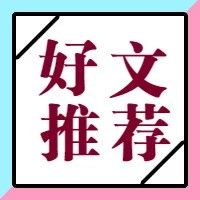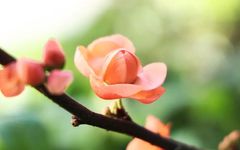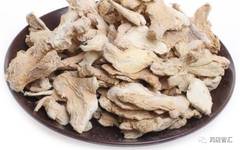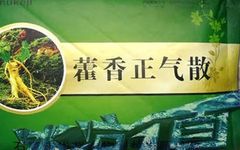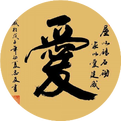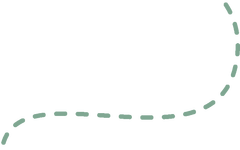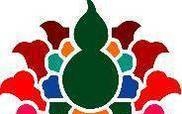The Key to Treating External Pathogenic Diseases: Addressing Dampness When Sweating Does Not Resolve
Introduction: The presence or absence of sweating in external pathogenic diseases is crucial for recovery. However, when sweating does not resolve the condition, the external pathogenic factors are either “wind or dampness.” Pei Yongqing elaborated on his clinical thoughts and experiences regarding this matter.In treating external pathogenic surface conditions, doctors generally employ the “sweating method” … Read more

